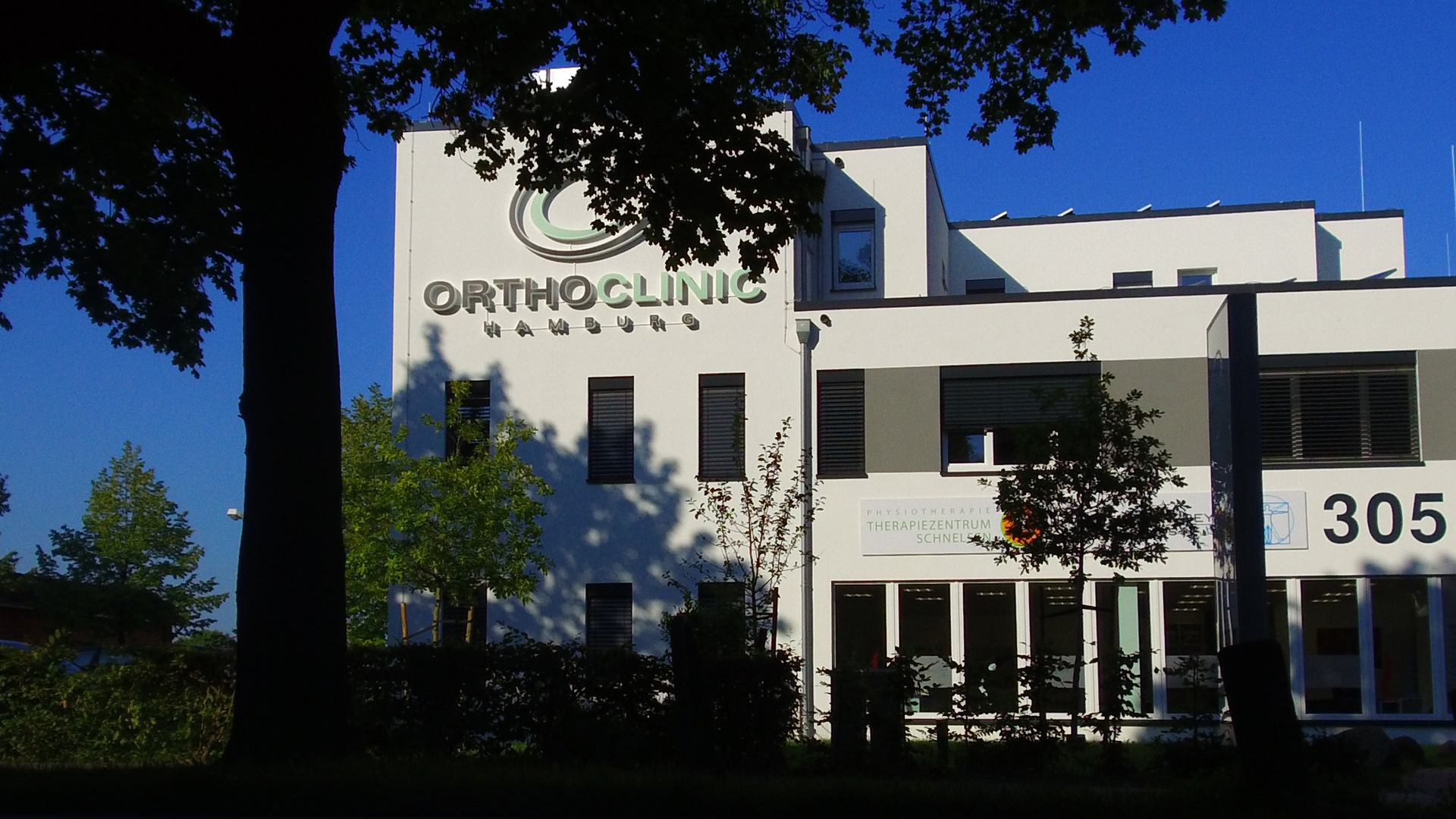A retrospective analysis of the results of 875 consecutive periprosthetic femoral fractures treated between 1976 and 2001 shows that component exchange with reimplantation of a cemented long-stem implant or total femur replacement can be considered a reliable, standardised method with good functional results and low rates of complications and revision. The possibility of increasing the degree of weight-bearing postoperatively at an early stage or even immediate full weight-bearing greatly facilitates mobilisation of the mostly elderly and fragile patients.
The follow-up of a representative sample of 120 patients with evaluation of the operation and rehabilitation results according to the Harris Hip Score shows an average value of 85 after a mean period of 6.4 years. The patients‘ subjective rating is correspondingly high. In the authors‘ view, stem exchange is currently the method of choice in the majority of cases because of the rather high rate of stem loosening (77%) at the time of operation, the age-related frequently poor quality or loss of bone substance and the possibility that the implant material may be damaged. The fact that more than one third of the fractures occured without significant trauma underlines the importance of this injury as a possible sign of undiagnosed or concealed loosening of the prosthesis stem.

